This week I tried something that I’d never attempted before; making bread with only two ingredients – neither of which were yeast or fat. Yes, I made milk bread from my Nan’s old Bero recipe book and I couldn’t believe my eyes when it began to rise, especially when you consider that it’s made from only milk and flour. Surely that shouldn’t work, should it?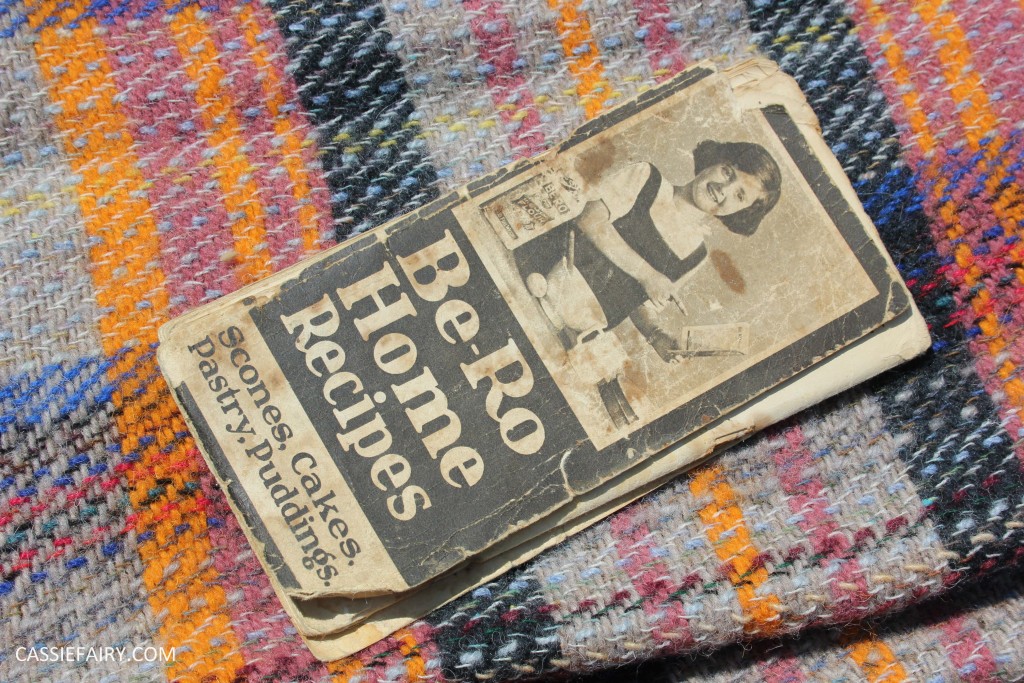
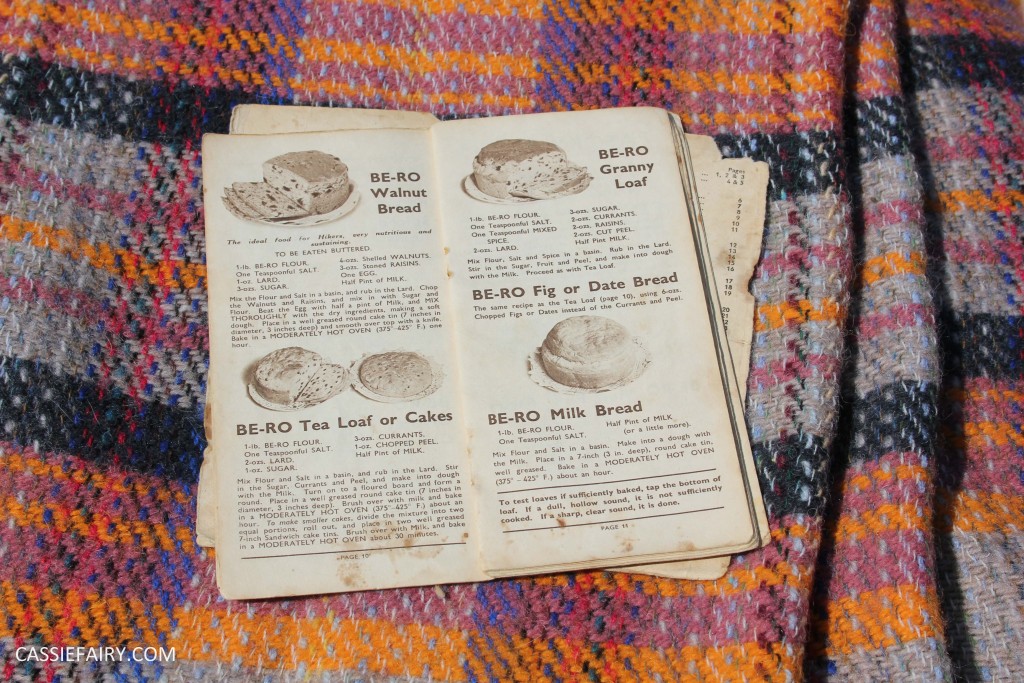 But grandparents are always right, and this book as been in my family for generations – my mum used it for the perfect Yorkshire puddings, Nan used it for baking hostess-worthy cakes and my great-grandma whipped up a loaf of bread with only two ingredients from this fail-safe recipe book. I too used it throughout my childhood every time the school fete required butterfly buns or cheese scones, so I’ve grown up with the same recipes that my grandparents used and when I became a ‘grown up’ myself, I ordered the latest version of the Bero recipe book online so that I could continue baking these fool-proof recipes.
But grandparents are always right, and this book as been in my family for generations – my mum used it for the perfect Yorkshire puddings, Nan used it for baking hostess-worthy cakes and my great-grandma whipped up a loaf of bread with only two ingredients from this fail-safe recipe book. I too used it throughout my childhood every time the school fete required butterfly buns or cheese scones, so I’ve grown up with the same recipes that my grandparents used and when I became a ‘grown up’ myself, I ordered the latest version of the Bero recipe book online so that I could continue baking these fool-proof recipes.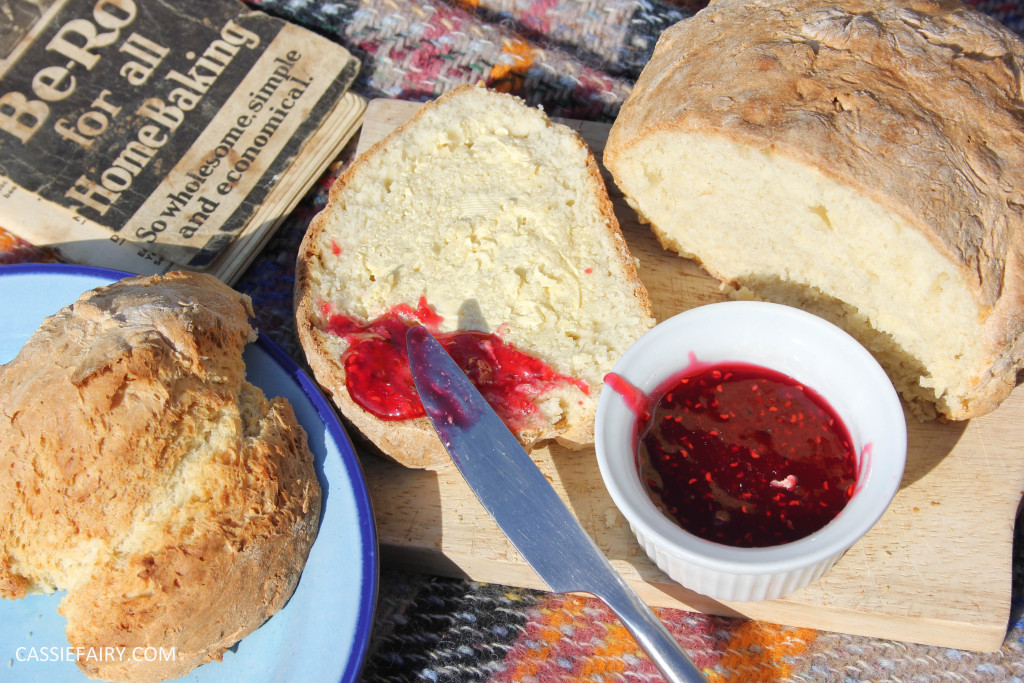
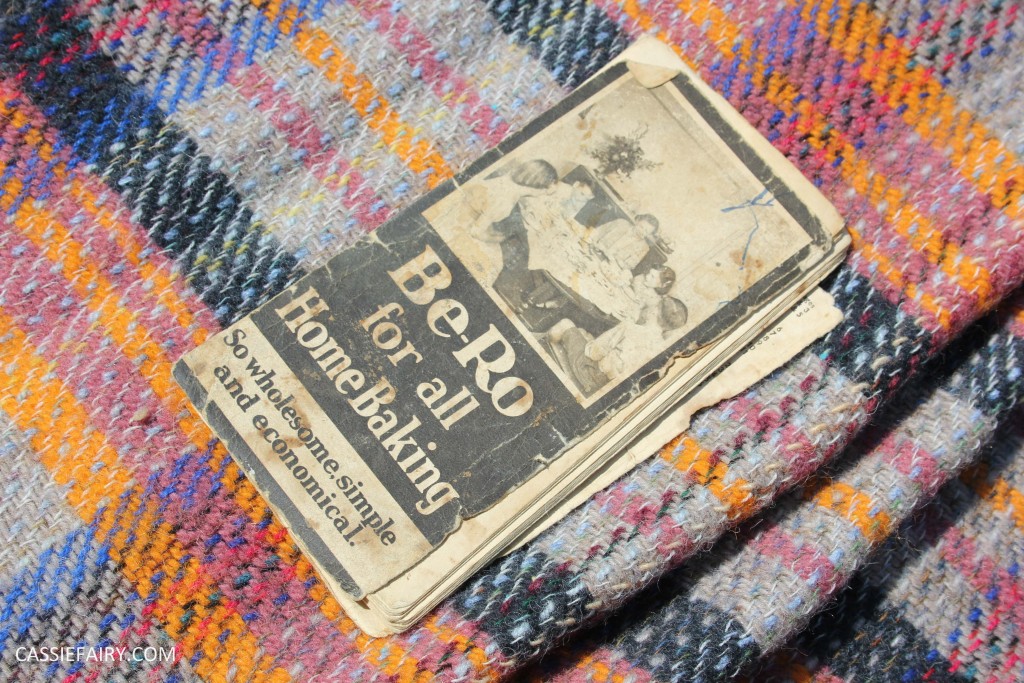 The only problem that I encountered while following these old recipes was converting the measurements and temperatures into quantities that I understood. I found myself needing to leave the kitchen regularly to use conversion calculators online – even the oven temperature baffled me! This is the only thing that’s been lost in translation over the years, and while my grandparents, and even mum, would have no problem with pounds and ounces, my scales didn’t even offer these measurements and I have no idea how to work it out manually.
The only problem that I encountered while following these old recipes was converting the measurements and temperatures into quantities that I understood. I found myself needing to leave the kitchen regularly to use conversion calculators online – even the oven temperature baffled me! This is the only thing that’s been lost in translation over the years, and while my grandparents, and even mum, would have no problem with pounds and ounces, my scales didn’t even offer these measurements and I have no idea how to work it out manually.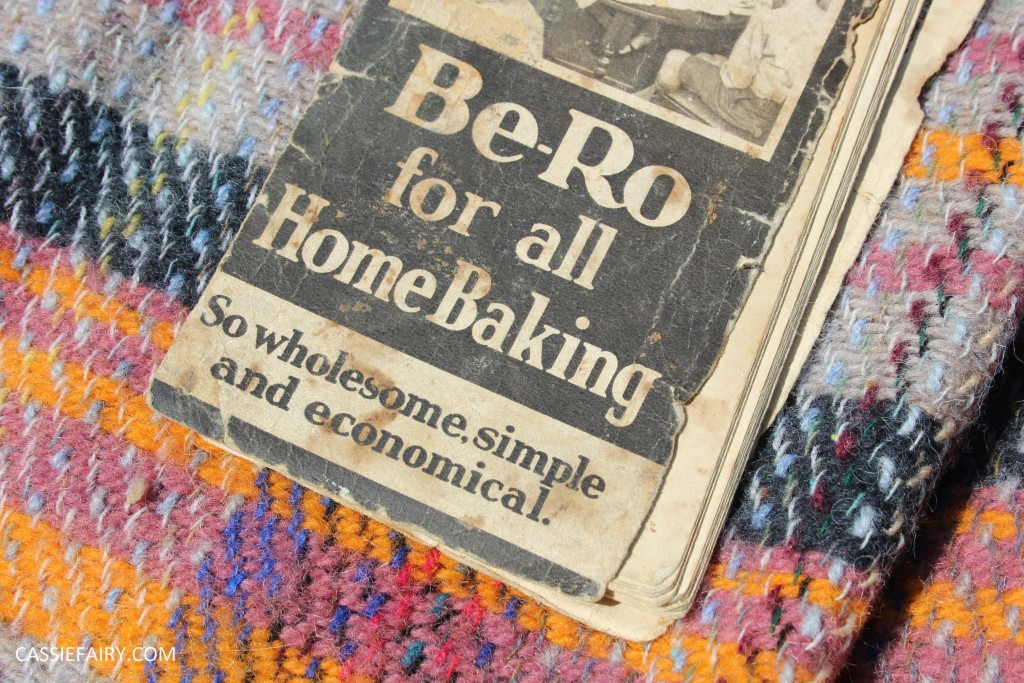
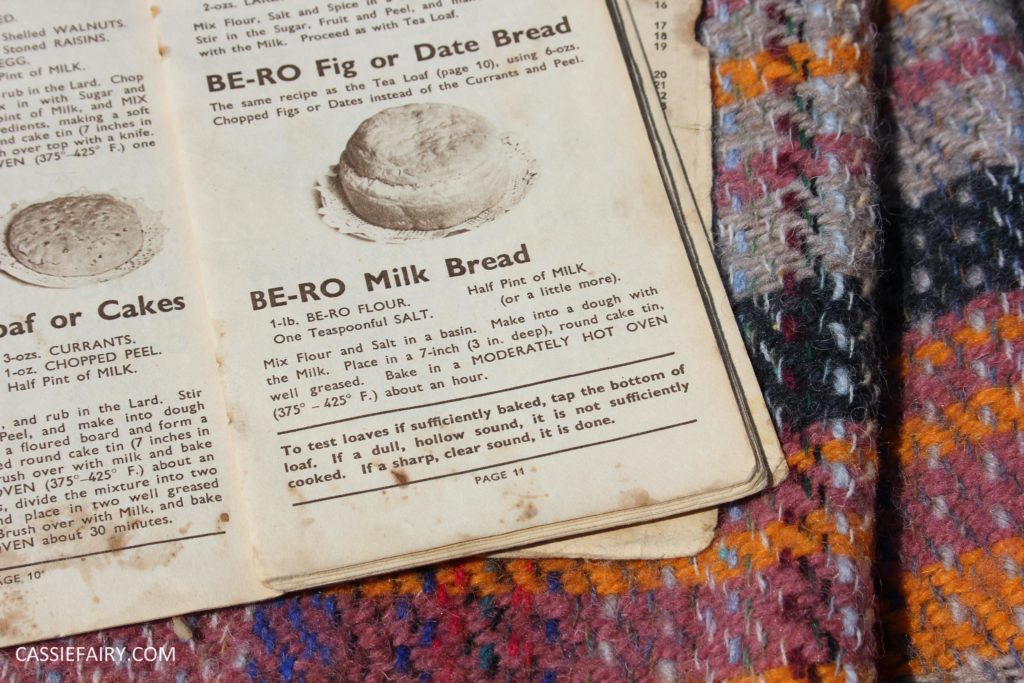 This got me thinking about other things that have been lost in translation between generations and I think that language is the biggest difference. Even I have trouble understanding some of the things that my teenage sister comes out with, so modern ‘slanguage’ must be completely baffling to my grandparents! Words like ‘salad’, ‘piff’, ‘butters’ and ‘bun’ – these words sound like a picnic to me, but apparently the kidz are using them to describe each other – meaning ‘idiot’, ‘fit’, ‘ugly’ and ‘hot’ (or sometimes ‘rough’) respectively. Or not, as the case my be.
This got me thinking about other things that have been lost in translation between generations and I think that language is the biggest difference. Even I have trouble understanding some of the things that my teenage sister comes out with, so modern ‘slanguage’ must be completely baffling to my grandparents! Words like ‘salad’, ‘piff’, ‘butters’ and ‘bun’ – these words sound like a picnic to me, but apparently the kidz are using them to describe each other – meaning ‘idiot’, ‘fit’, ‘ugly’ and ‘hot’ (or sometimes ‘rough’) respectively. Or not, as the case my be.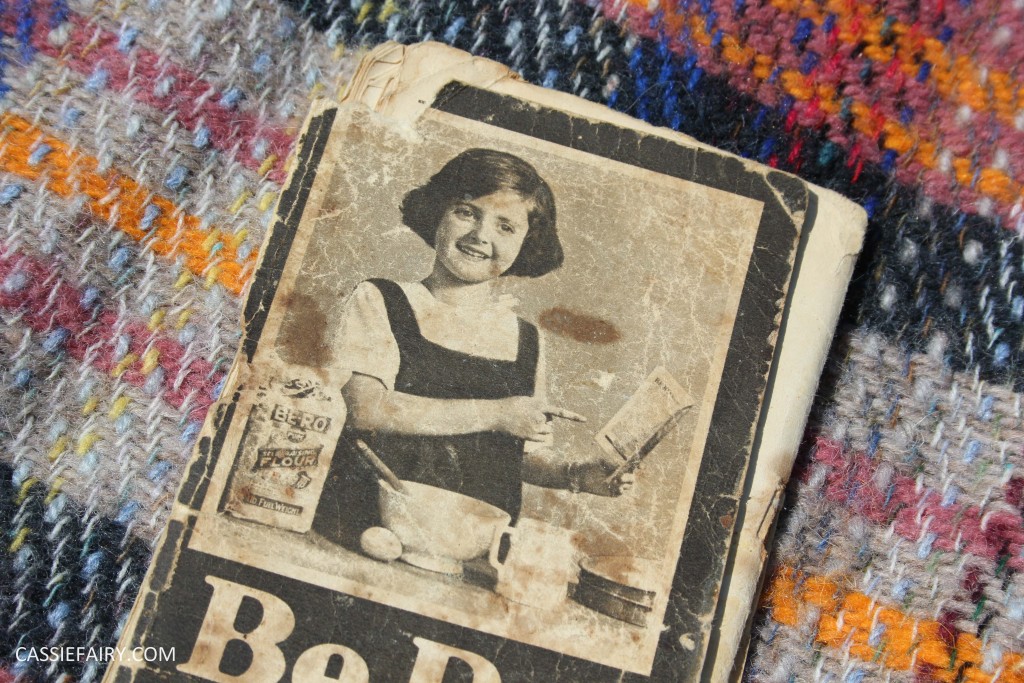
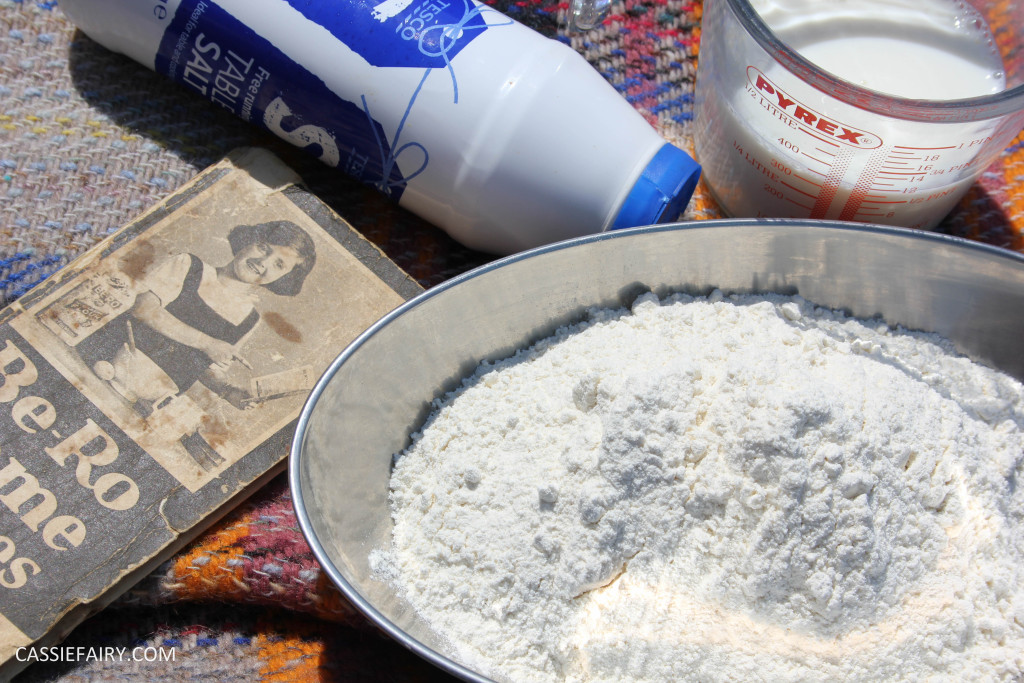 Earlier this week I read about the debate on the epic rise of ‘slanguage’, hosted by McCarthy & Stone. Not only are youngsters creating their own, baffling, terms, but people of all generations are picking up on new terms in order to continue communicating with members of their family. Yes, they are exclaiming ‘selfie!’ when taking photos and ‘twerking!’ when dancing. Family weddings will never be the same again.
Earlier this week I read about the debate on the epic rise of ‘slanguage’, hosted by McCarthy & Stone. Not only are youngsters creating their own, baffling, terms, but people of all generations are picking up on new terms in order to continue communicating with members of their family. Yes, they are exclaiming ‘selfie!’ when taking photos and ‘twerking!’ when dancing. Family weddings will never be the same again.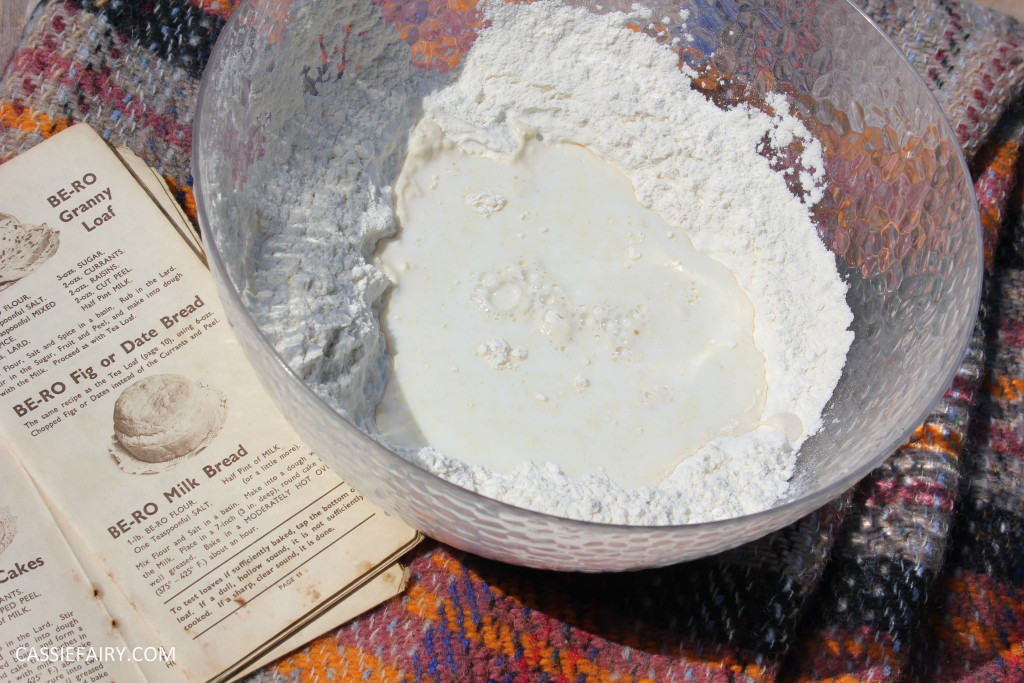
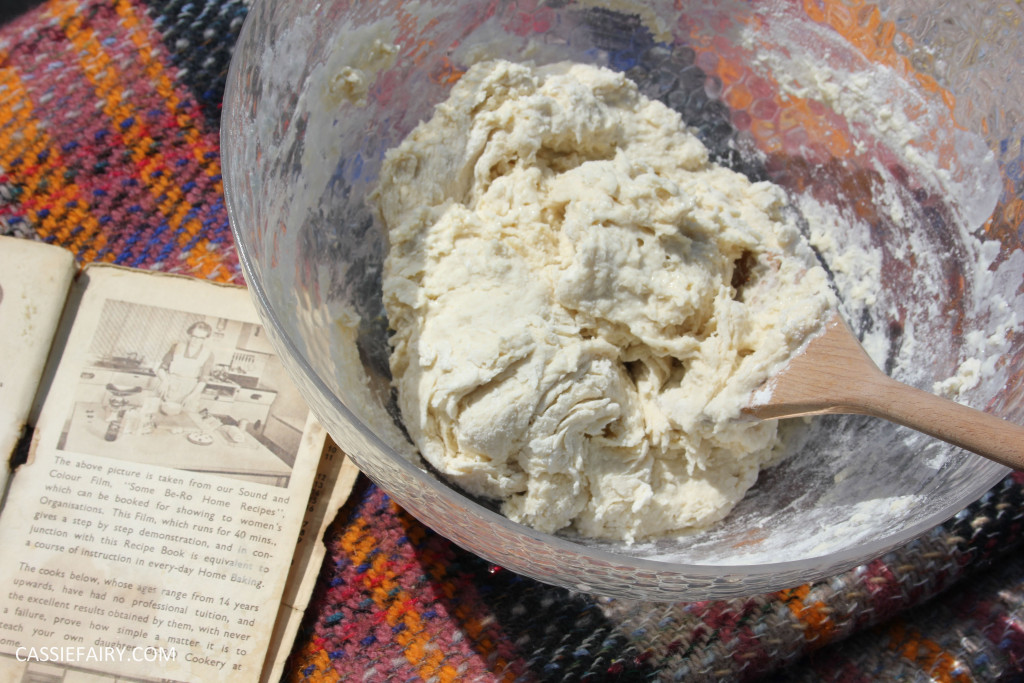
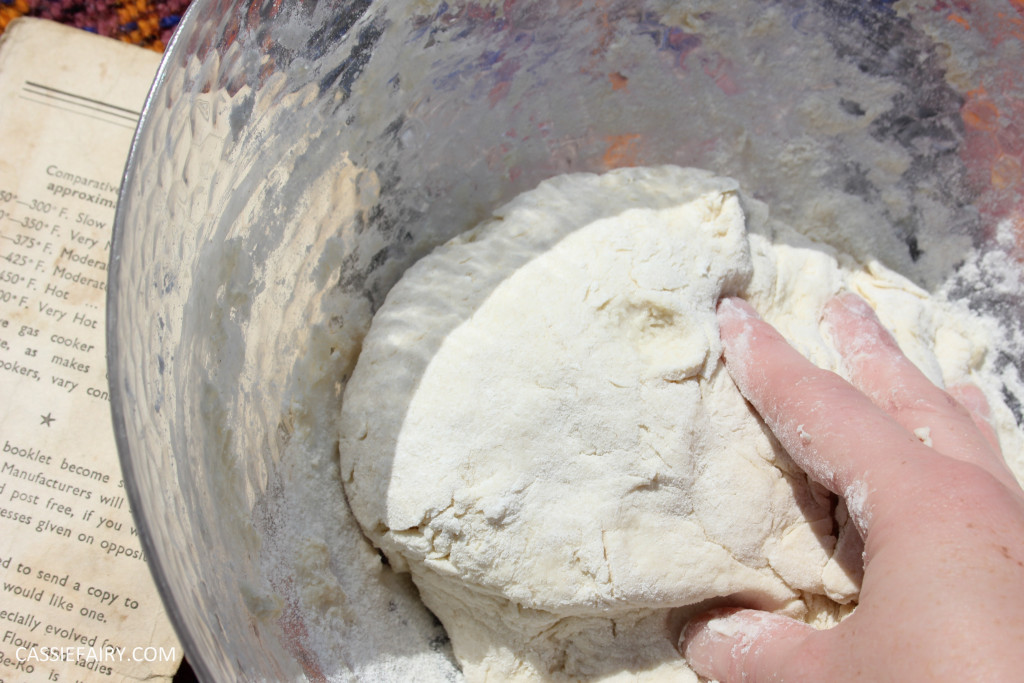 Parents and grandparents who are signing up for Facebook and Twitter are now understanding and using abbreviations such as OMG, YOLO and LOL. Again, this helps to keep the channels of communication open between family members of different ages, although I always write a proper ‘letter’ when emailing my grandparents, and would never consider including any slang or abbreviations in case they didn’t understand. Perhaps I’m not giving them enough credit; they probably do know what twitter folk are saying when they call each other nuggets. After all, the y did get a smart TV before I did!
Parents and grandparents who are signing up for Facebook and Twitter are now understanding and using abbreviations such as OMG, YOLO and LOL. Again, this helps to keep the channels of communication open between family members of different ages, although I always write a proper ‘letter’ when emailing my grandparents, and would never consider including any slang or abbreviations in case they didn’t understand. Perhaps I’m not giving them enough credit; they probably do know what twitter folk are saying when they call each other nuggets. After all, the y did get a smart TV before I did!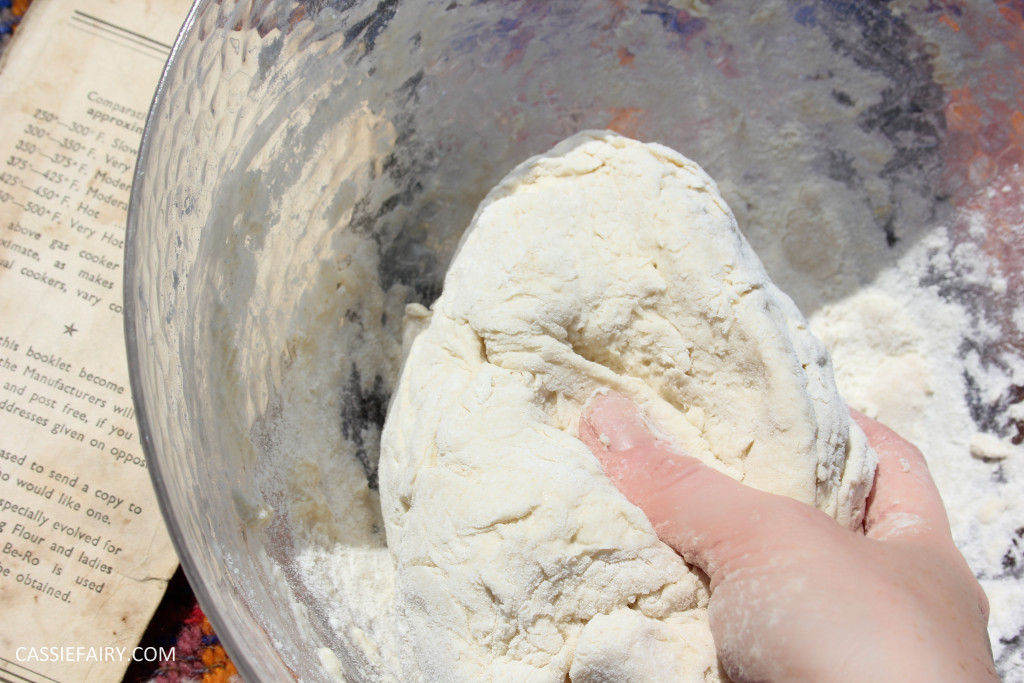
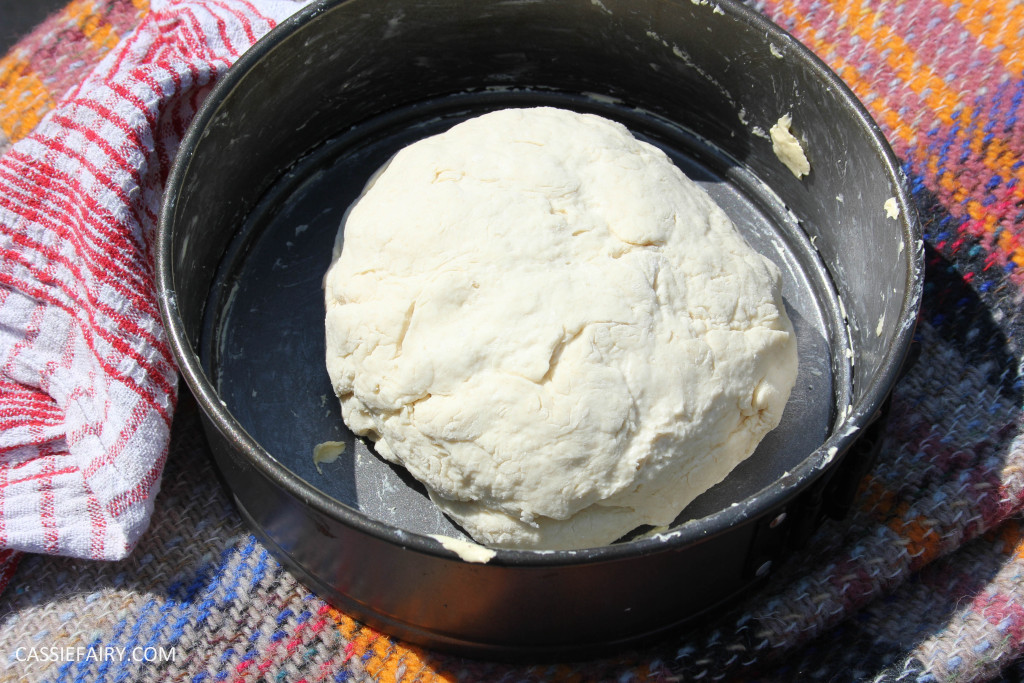 Anyway, here’s the recipe. It’s so simple that I don’t even need to write out a recipe list, but I think I will, just so that I can convert the measurements for you:
Anyway, here’s the recipe. It’s so simple that I don’t even need to write out a recipe list, but I think I will, just so that I can convert the measurements for you:
Ingredients: 1 lb of self-raising flour, half a pint of milk, 1 teaspoon salt – AKA – 450g self-raising flour, 285ml milk, 5g salt.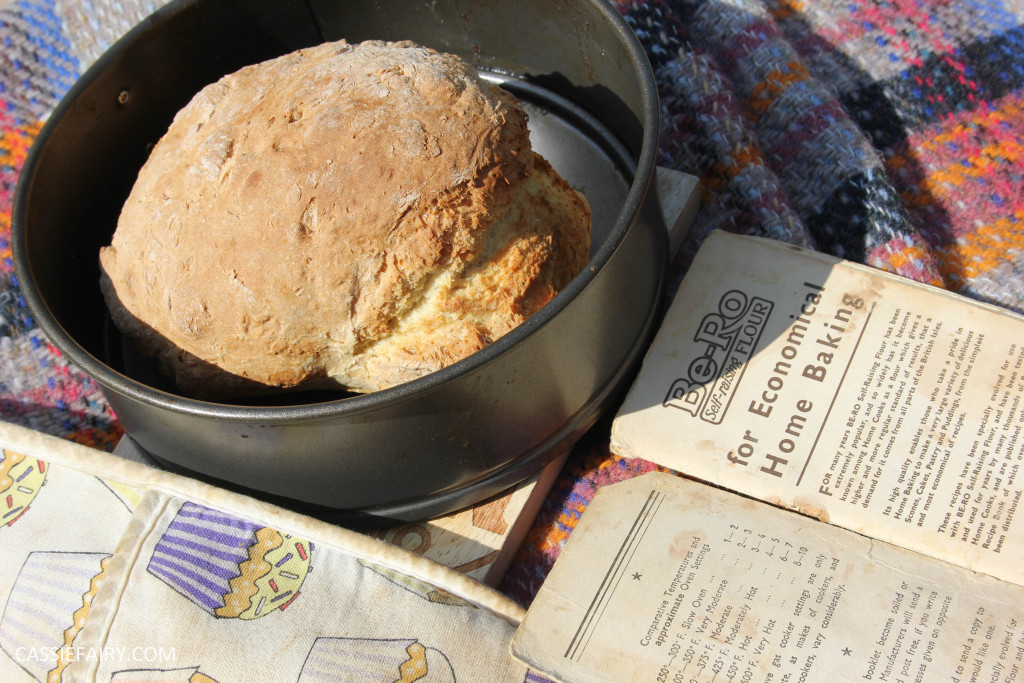
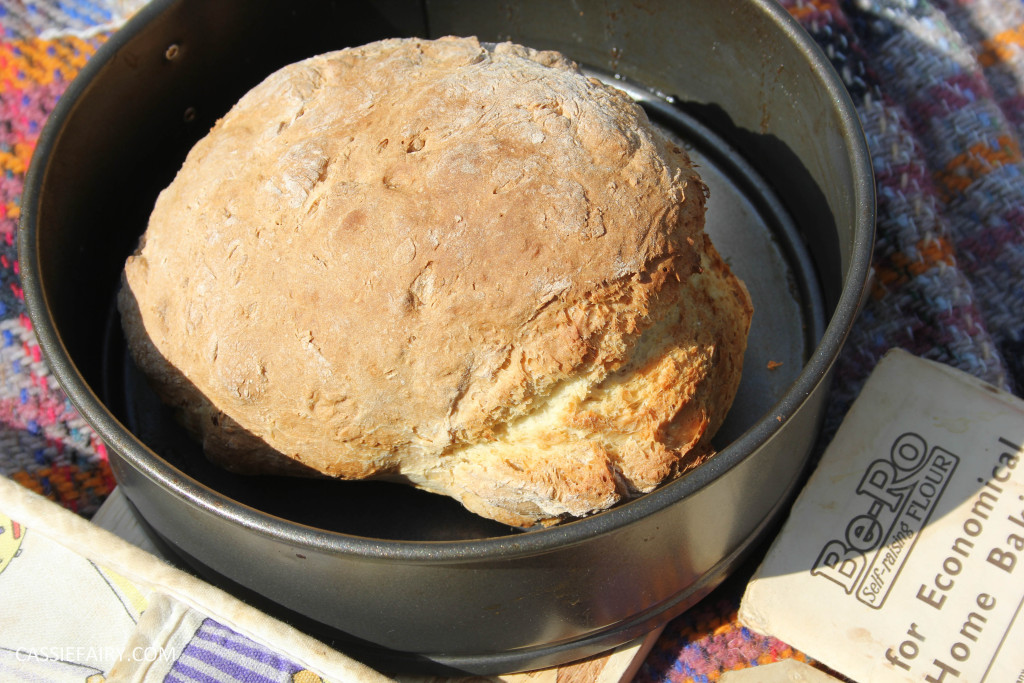 Mix the flour and salt in a large bowl and make a well in the centre for the milk. Mix the flour into the milk and bring together to form a dough. Place in a greased cake tin or loaf tin and bake for about an hour at 375 F – that’s 190 C to you and me or gas mark 5. The loaf is ready when it sounds hollow if you knock on the base of the loaf.
Mix the flour and salt in a large bowl and make a well in the centre for the milk. Mix the flour into the milk and bring together to form a dough. Place in a greased cake tin or loaf tin and bake for about an hour at 375 F – that’s 190 C to you and me or gas mark 5. The loaf is ready when it sounds hollow if you knock on the base of the loaf.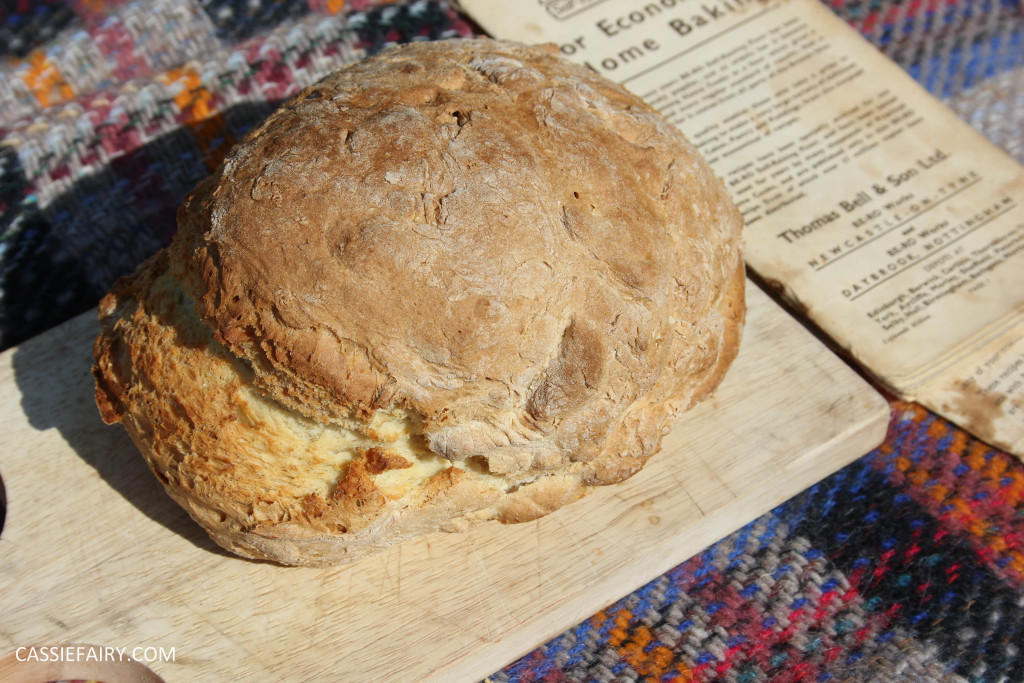
 Even though my grandparents might not understand my #tbt photos (“was this taken recently?”) they certainly know a thing or two about baking, because this recipe worked really well. I can’t believe that milk and flour would produce a loaf and I was really sceptical when I tried it for the first time yesterday. It actually is a loaf of bread, although with a slightly spongey/sconey texture, but any fresh bread straight out of the oven is fine by me! Also, I’m a fan of any recipe that doesn’t require any effort from kneading or proving so I’ll definitely make this again.
Even though my grandparents might not understand my #tbt photos (“was this taken recently?”) they certainly know a thing or two about baking, because this recipe worked really well. I can’t believe that milk and flour would produce a loaf and I was really sceptical when I tried it for the first time yesterday. It actually is a loaf of bread, although with a slightly spongey/sconey texture, but any fresh bread straight out of the oven is fine by me! Also, I’m a fan of any recipe that doesn’t require any effort from kneading or proving so I’ll definitely make this again.
Thanks for the ancient recipe book Nan, it’s the bomb, erm boss, or like, off the hook fo shizzle.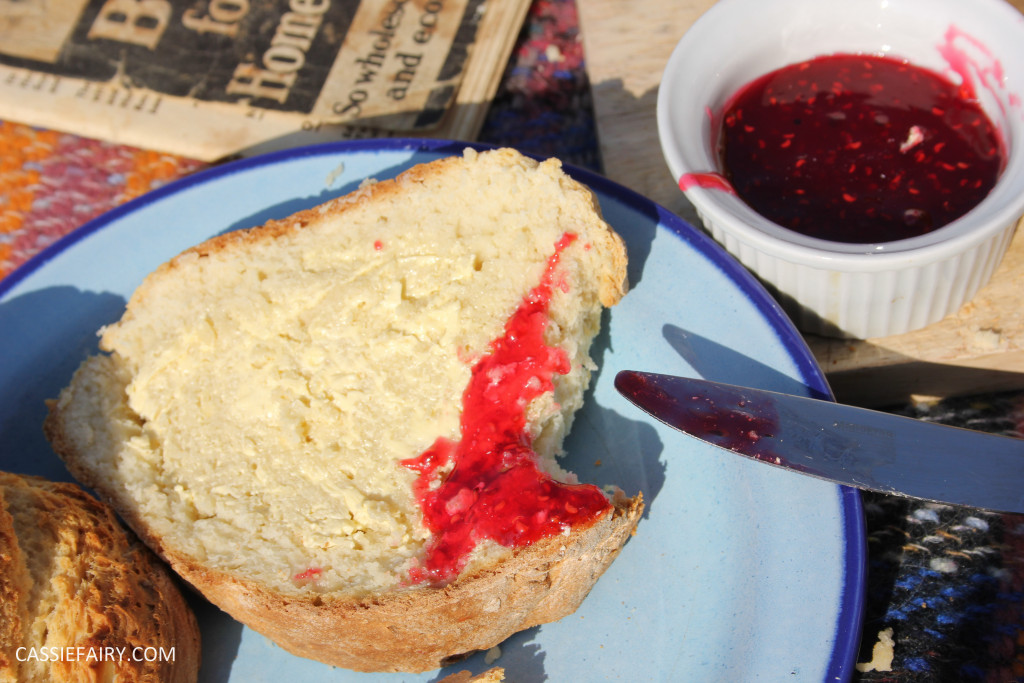










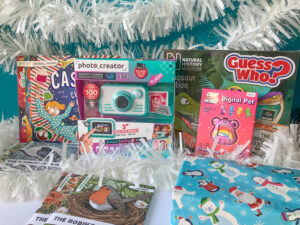
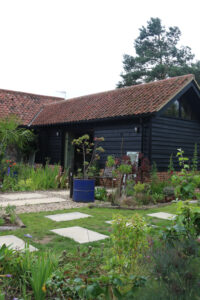

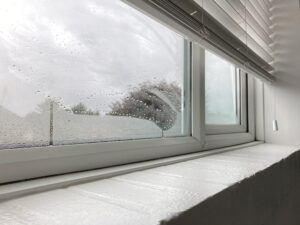




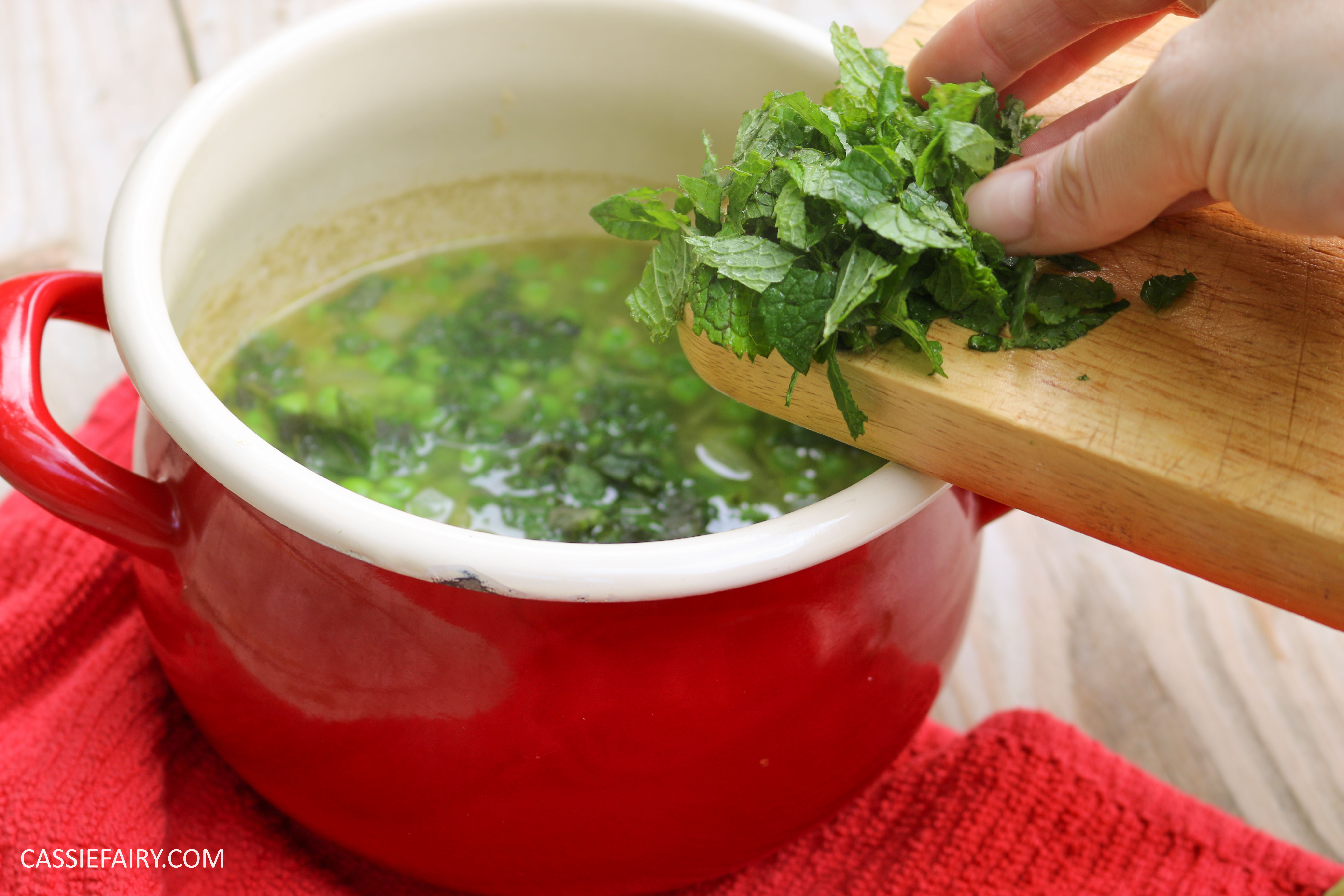
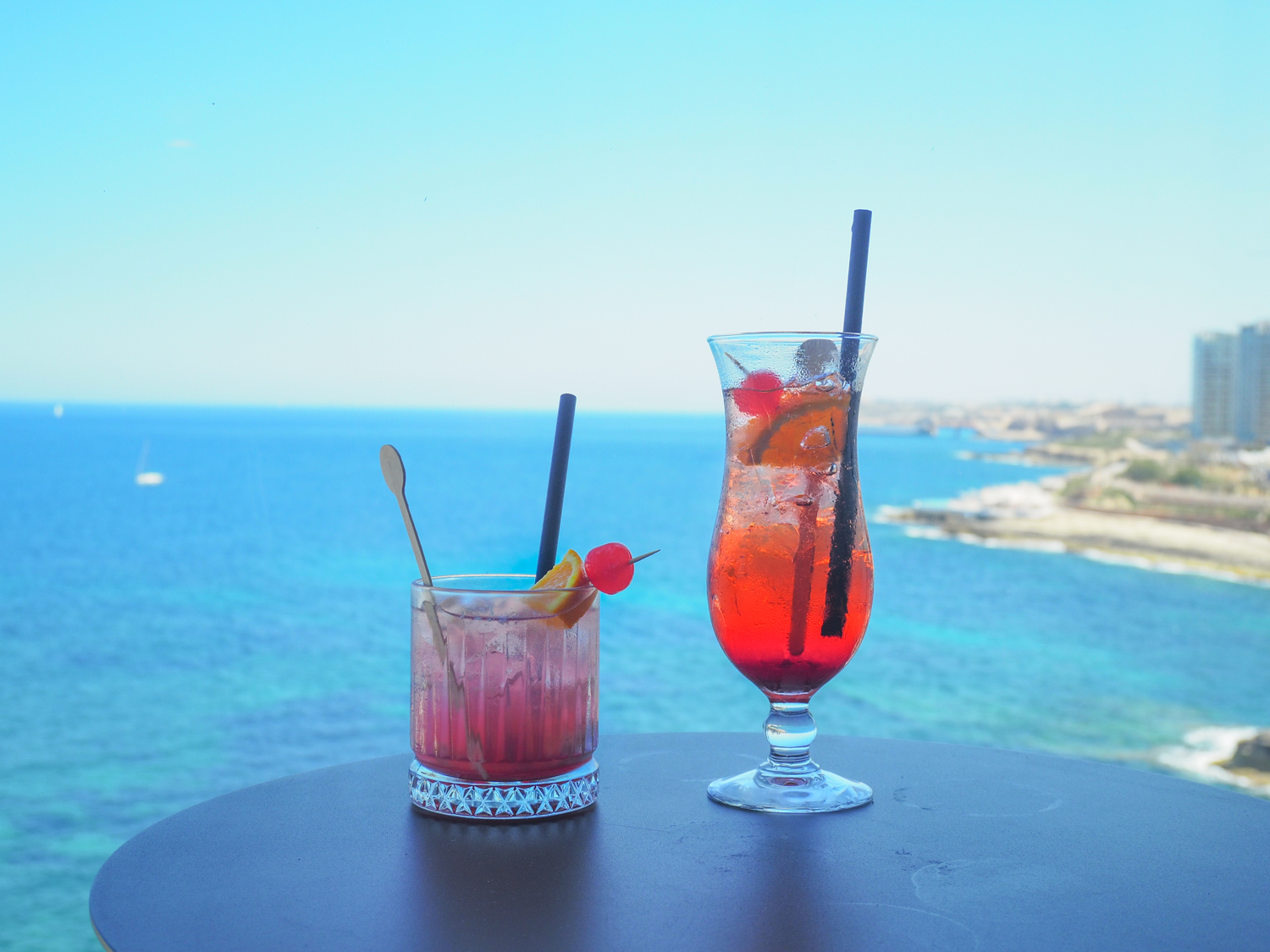
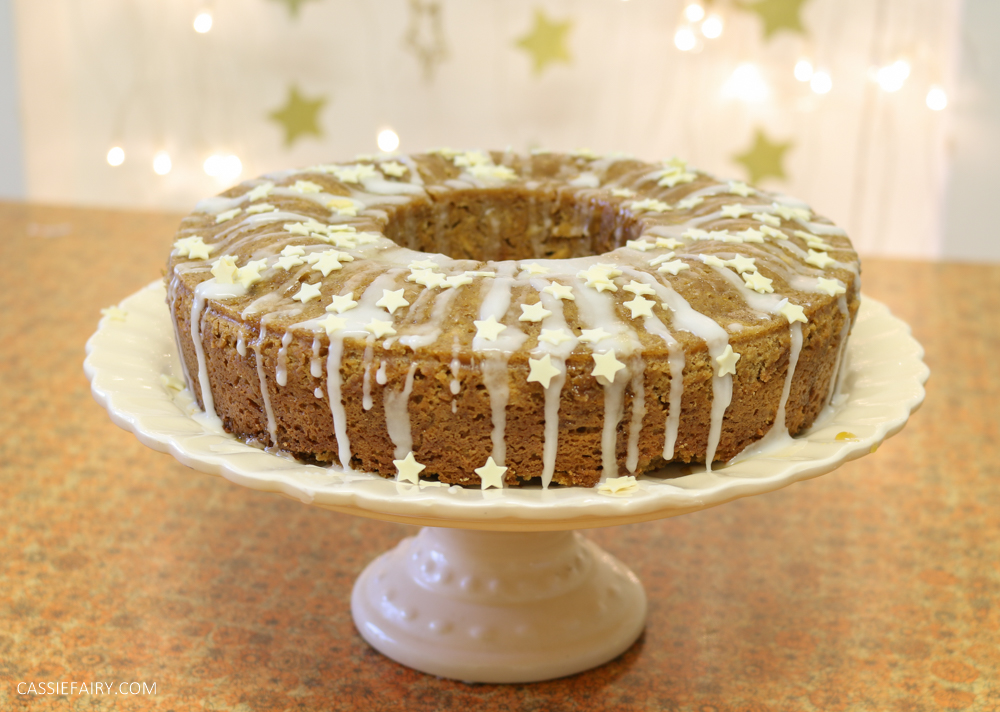
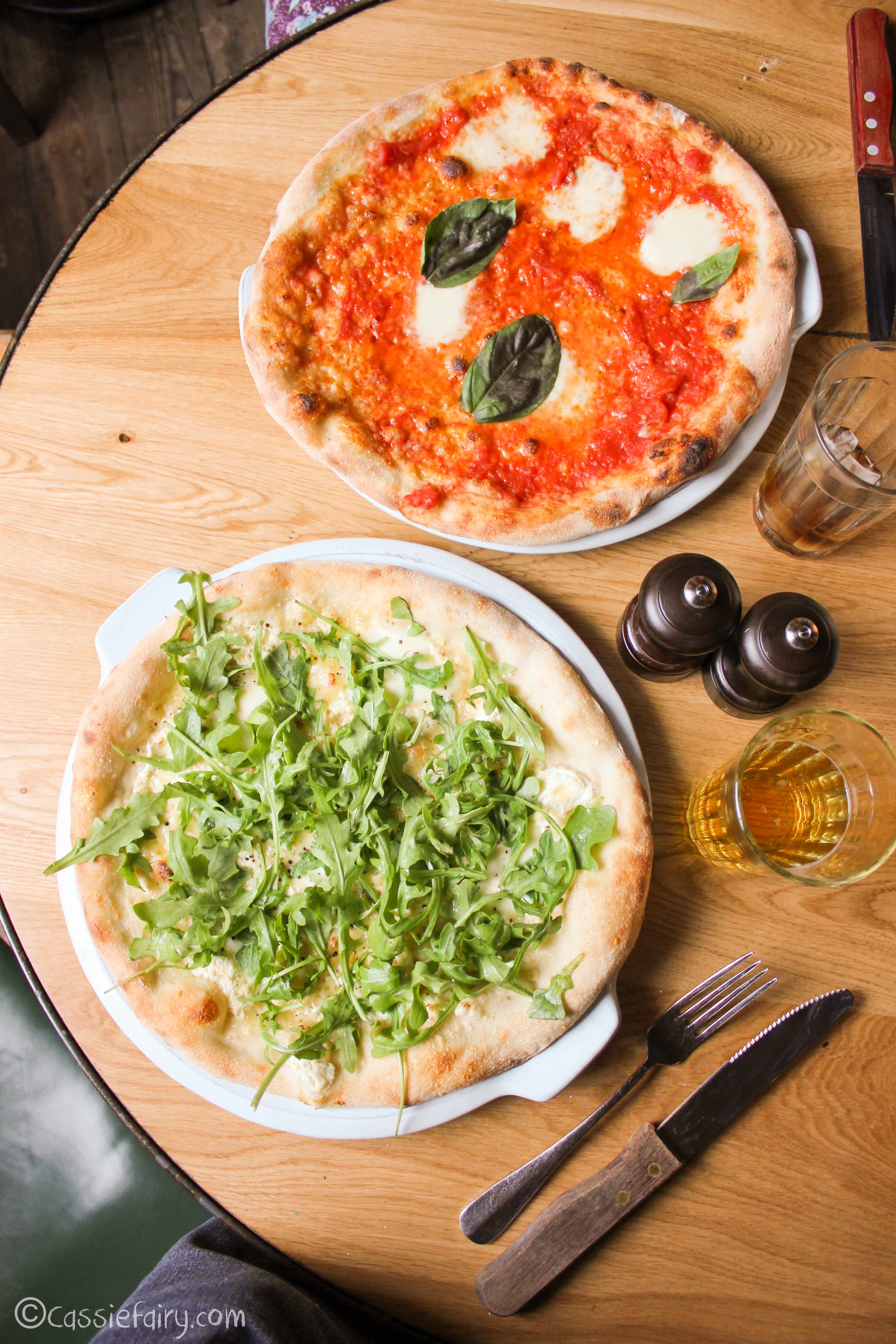

4 responses
Hahahaha that’s so true Anne! 😉
Your milk loaf has actually got three ingredients. Self raising flour is flour and baking powder. The baking powder is the raising agent. Here in Ireland our very basic soda bread is made with plain flour, baking soda and buttermilk. It can be cooked in the oven like your milk loaf or on a griddle.
Totally agree Lisa! I’m going to be making this bread much more often now that I’ve tried it 🙂
This is amazing and basically the perfect way to make bread when I really can’t be arsed to go to the shop (we always have flour and milk in the cupboard and fridge respectively). The old books are the best, nothing fancy or too frivolous but just good honest cooking.